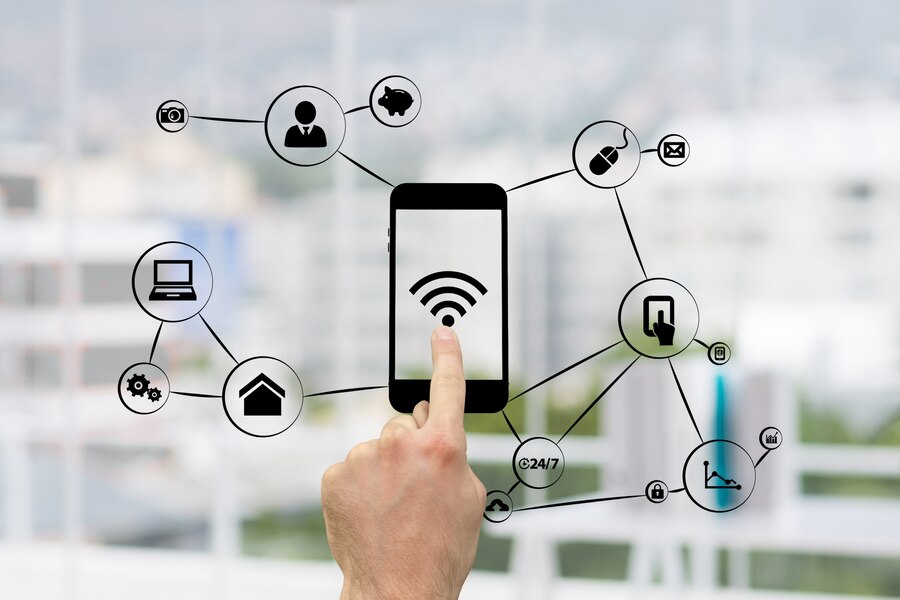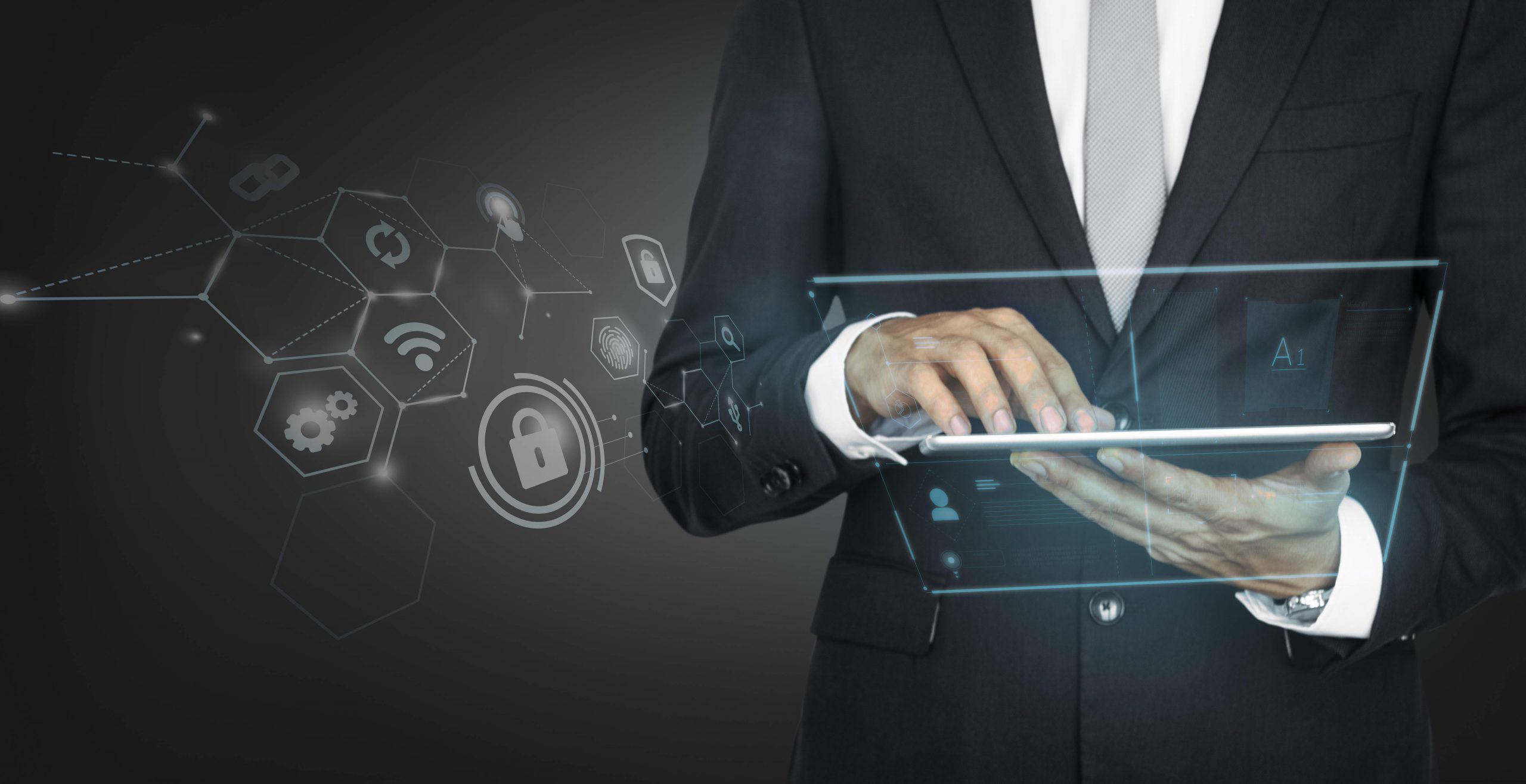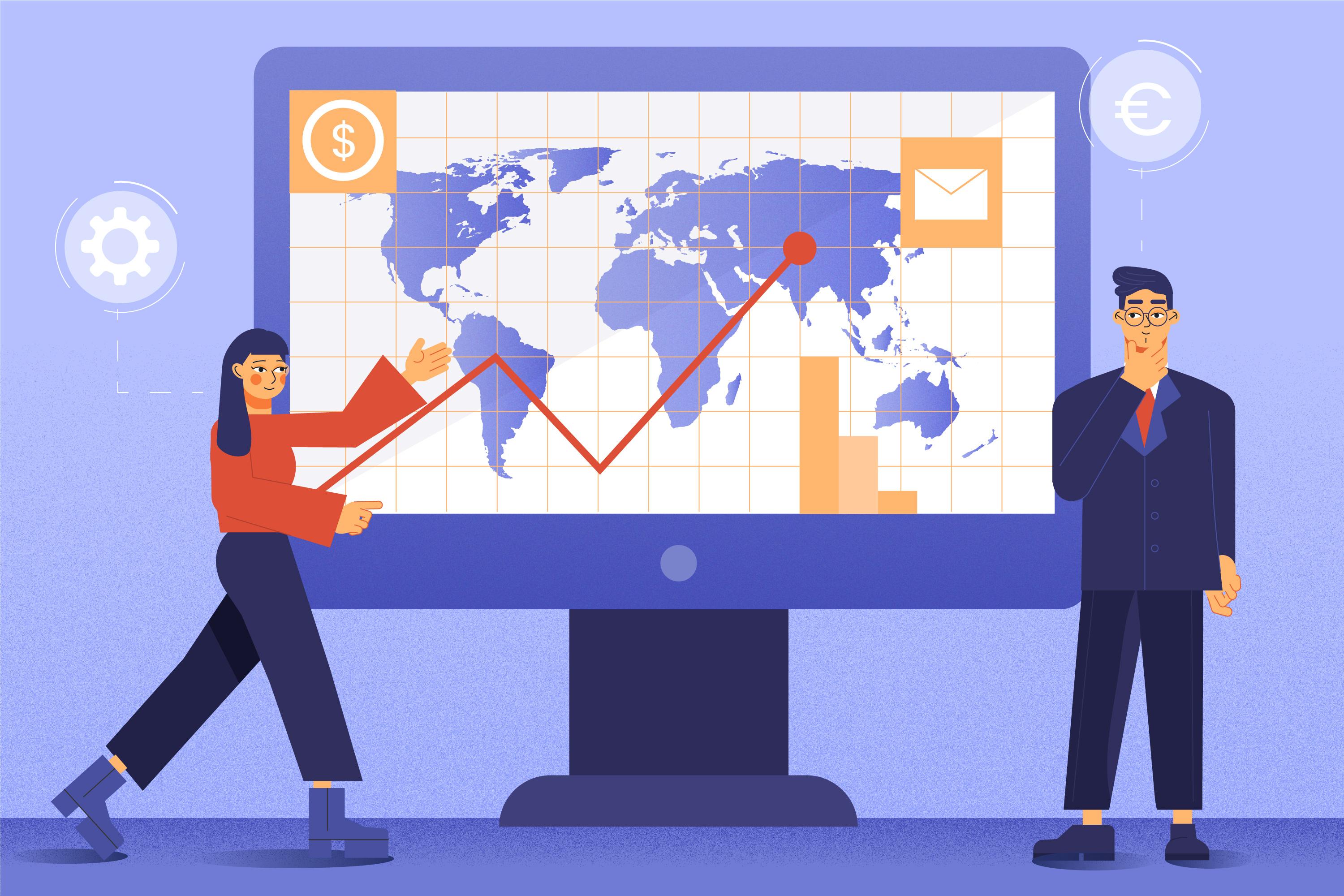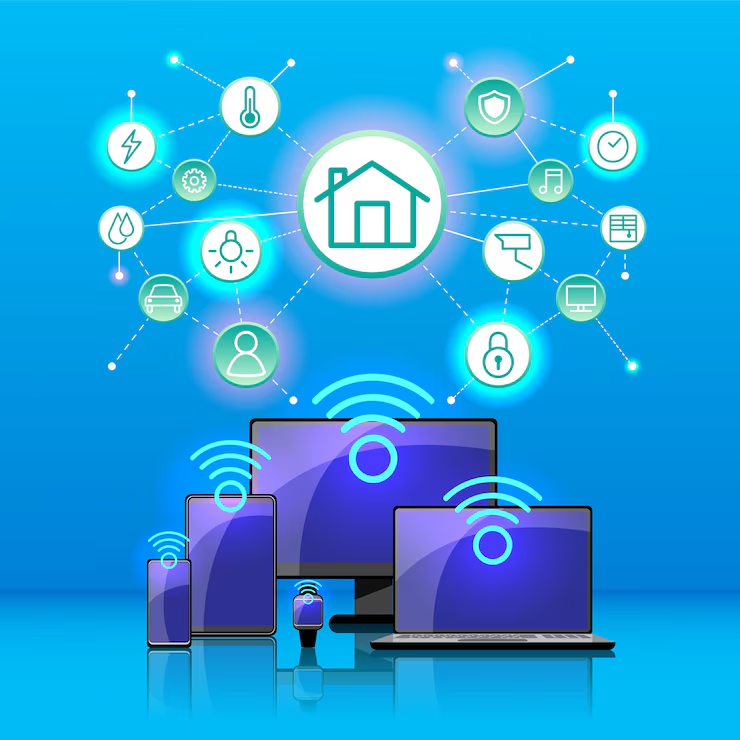How IoT-Based Smart Meters Are Building the Future of Energy Management
-
April 7, 2025
-
5 min read
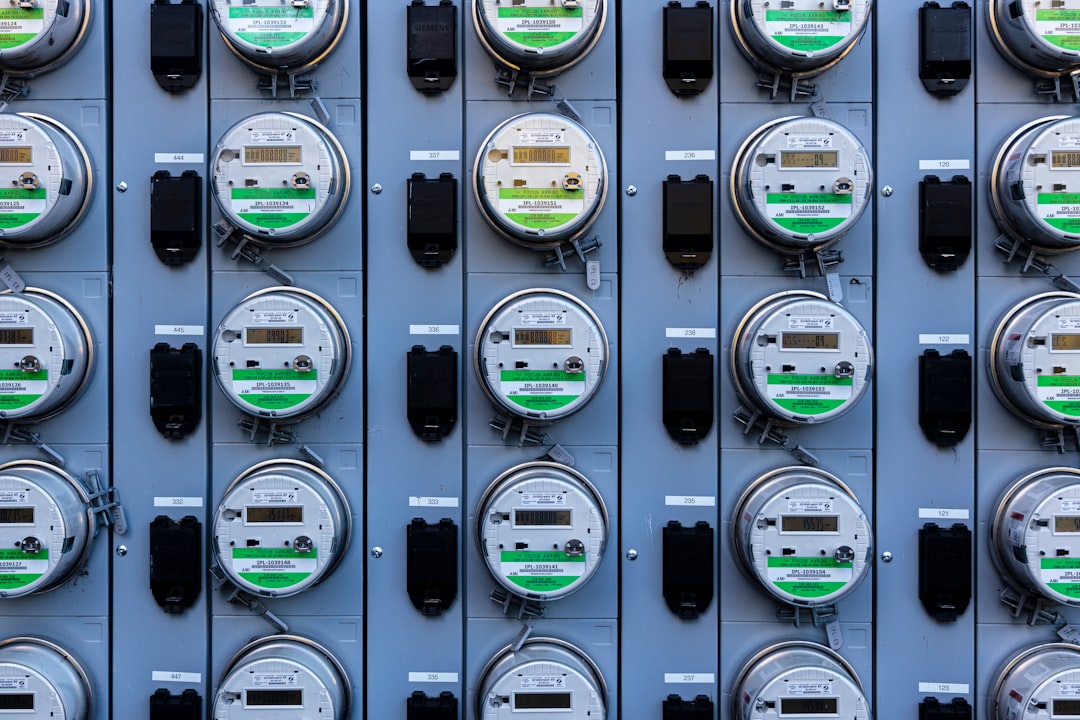
The integration of Internet of Things (IoT) technology into energy management systems, particularly through the use of smart meters, is ushering in a new era of efficiency, sustainability, and cost savings. The benefits of IoT smart meters extend far beyond simple energy monitoring, encompassing real-time data collection, demand forecasting, grid optimisation, and enhanced consumer insights. This shift is changing the way energy is managed, distributed, and consumed.
In this article, we’ll explore the key aspects of this IoT-driven transformation.
Smart Meters: The Backbone of Real-Time Data Collection
At the heart of the IoT revolution in energy management are smart meters. These digital devices replace traditional analog meters, enabling bidirectional communication between energy providers and consumers.
Real-Time Monitoring and Anomaly Detection
Smart meters continuously collect and transmit data on energy consumption patterns, allowing utilities to monitor usage with unprecedented precision. This real-time monitoring is crucial for:
- Identifying peak demand periods
- Detecting potential anomalies or issues
- Optimising energy distribution networks
- Ensuring grid stability
Enhancing Precision in Energy Monitoring
The high-frequency data generated by IoT smart meters allows utilities to monitor energy usage with unprecedented precision. This granular data helps in identifying peak demand periods, detecting anomalies, and pinpointing inefficiencies in the system. For instance, smart meters can detect unusual spikes in consumption that might indicate energy theft or equipment malfunction, enabling utilities to take prompt corrective action.
Empowering Consumers with Granular Insights
The granular data collected by smart meters also empowers consumers to make informed decisions about their energy use. Through user-friendly mobile apps or web portals, consumers gain detailed insights into their consumption habits, enabling them to:
- Understand their energy usage patterns
- Identify areas for efficiency improvements
- Adopt more sustainable consumption behaviors
- Potentially lower their energy bills
Airtel’s Smart Utilities, for instance, enhance power management, help monitor usage, provide valuable insights, and support informed decision-making through user-friendly dashboards.
The Synergy Between IoT and Smart Grids
IoT-enabled devices like smart meters play a pivotal role in the development of smart grids—intelligent, interconnected systems that monitor, control, and optimise the generation and distribution of electricity.
Enhancing Grid Reliability and Efficiency
The data collected by IoT devices is analysed to:
- Enhance grid reliability
- Reduce energy losses
- Enable more effective load balancing
This synergy between IoT and smart grids ensures that energy distribution is more efficient, sustainable, and responsive to real-time demands.
Facilitating Demand Response and Peak Load Management
IoT facilitates dynamic communication between power utilities and consumers, enabling the implementation of demand response strategies. Through smart meters and connected devices, utilities can encourage consumers to shift their energy consumption to off-peak hours, reducing strain on the grid during peak periods and fostering a culture of energy efficiency.
Balancing Supply and Demand in Real-Time
IoT-based smart meters, in conjunction with smart grid technologies, enable utilities to monitor and manage the flow of electricity in real time. By continuously tracking energy generation from renewable sources and comparing it with the consumption data from smart meters, utilities can dynamically balance supply and demand. This real-time optimisation ensures grid stability and reduces the need for backup fossil fuel generation.
Supporting Distributed Energy Resources
IoT smart meters also facilitate the integration of distributed energy resources (DERs), such as rooftop solar panels and battery storage systems. These meters can measure the bidirectional flow of electricity, allowing consumers to feed excess generation back into the grid. This not only promotes the adoption of clean energy but also helps utilities manage the variability of renewable sources more effectively.
The Power of Analytics in Energy Management
The integration of IoT analytics further enhances the capabilities of smart meters and smart grids.
Accurate Demand Forecasting
Analytics enable distribution companies to forecast demand with unprecedented accuracy. This predictive capability helps in:
- Optimising energy production and distribution
- Ensuring that supply meets demand more effectively
- Reducing energy waste and costs
Optimisation of Distribution Networks
Analytics can optimise distribution networks in real-time, ensuring that energy is distributed efficiently and that any disruptions are minimised. This optimisation also helps in reducing energy losses and improving the overall efficiency of the grid.
Real-World Applications and Industry Examples
The implementation of IoT-based smart meters is already transforming energy management across industries and geographies. Let’s look at a significant example:
Airtel and IntelliSmart Partnership
Airtel has partnered with IntelliSmart Infrastructure Private Limited to power up to 20 million smart meters. This partnership includes providing end-to-end IoT solutions for smart metering, including:
- Cloud services
- Head-end systems
- Advanced analytics
Airtel’s IoT Connectivity Solutions helps track and monitor these smart meters with advanced analytics and diagnostic capabilities, ensuring high reliability and security.
Adani Energy Solutions
Adani Energy Solutions Limited (AESL) has an order book of over 20 million smart meters from various power utilities across India. Airtel’s smart metering solutions, powered by NB-IoT, 4G, and 2G technologies, will ensure real-time connectivity and uninterrupted data transfer between smart meters and headend applications.
This initiative is part of India’s smart metering program, a significant policy reform measure aimed at digitising the power sector.
Conclusion
The integration of IoT technology in energy management through smart meters is a game-changer for the energy sector. The benefits of IoT smart meters are multifaceted, offering unparalleled advantages in terms of real-time data collection, grid reliability, demand forecasting, and energy efficiency.
As India and other countries move towards digitising their energy sectors, the importance of IoT-based smart meters will only continue to grow. Airtel’s role in powering these smart meters through its extensive telecommunications infrastructure ensures that the data is transferred securely and efficiently, supporting the development of a more sustainable and resilient energy future.
 Share
Share



